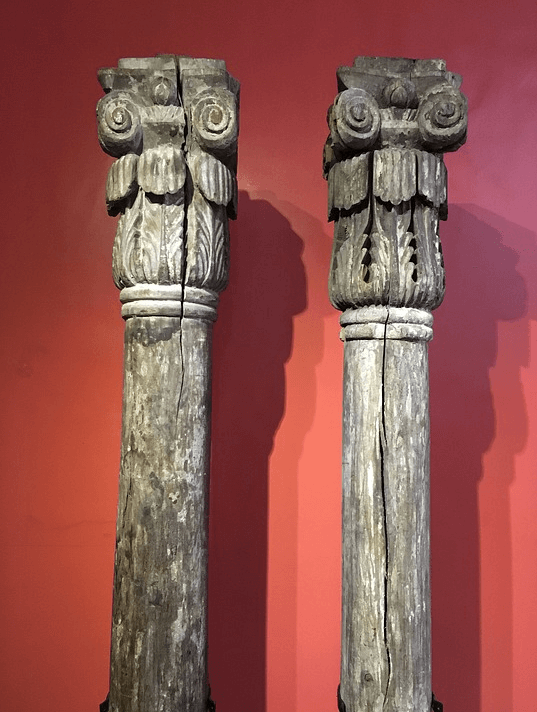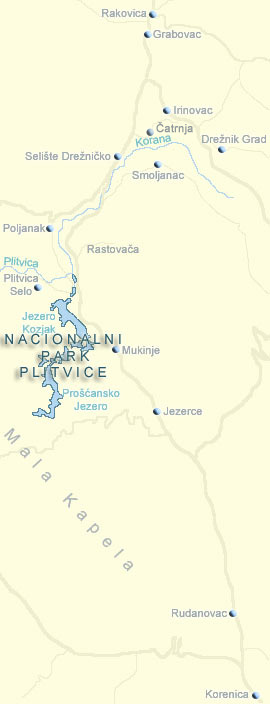Cultural tourism National park Plitvice lakes
Cultural tourism and cultural experiences attract travelers searching for authentic cultural attractions, heritage sites, museums, and unique cultural tours. With the option of online booking, visitors can easily plan journeys full of art, history, and local traditions. Discover fascinating stories, explore crafts, and connect with diverse cultures through guided tours, exhibitions, and workshops. Whether you seek inspiration, education, or unforgettable memories, cultural tourism offers enriching adventures for every traveler. Start your cultural travel today and unlock a world of timeless beauty and creativity.
Cultural tourism National park Plitvice lakes FAQ
The National Park Plitvice lakes was declared a national park in 1949 and it is one of the oldest and largest national parks in Croatia as well as under the rotection of UNESCO since 1979.
It is located in between Male Kapele and Pljesevice in Lika. Plitvice lakes are a unique natural phenomenon- 16 picturesques lakes which are connected by a number of cascading waterfalls. These lakes are divided on the upper (12) and the lower (4) lakes. The highest lake is Proscansko at 639m and the lowest is Novakovica Brod at 503m. The Upper lakes are surrounded by lush woods and connected to one another by a number of waterfalls, the lower lakes are smaller, shallower and surrounded by lesser vegetation. The lake water, after the Sastavci falls in the lower lakes, pours into the River Korana which the Plitvice stream also flows into, falling from a height of 76m.
The climate is mountainous and the best time to visit the Park is in the summer months, although the winter months are provide the magnificent picture of frozen...
Tourist offers National park Plitvice lakes
Gastronomy National park Plitvice lakes
Health Tourism National park Plitvice lakes
Active Tourism National park Plitvice lakes
Culture Tourism National park Plitvice lakes
Nightlife National park Plitvice lakes
Transfers National park Plitvice lakes
Events and entertainment National park Plitvice lakes
Excursions National park Plitvice lakes
Hotels in National park Plitvice lakes
Private accommodations in National park Plitvice lakes
Tourist resorts in National park Plitvice lakes
Holiday houses in National park Plitvice lakes
Villas with Pool in National park Plitvice lakes
Camps, mobile homes in National park Plitvice lakes
Boat rental in National park Plitvice lakes
Farm holidays in National park Plitvice lakes
Hostel in National park Plitvice lakes
Cultural tourism National park Plitvice lakes Offer





















 Professional serivce
Professional serivce Quality tourist service
Quality tourist service 14 years in business
14 years in business A large number of satisfied guests
A large number of satisfied guests